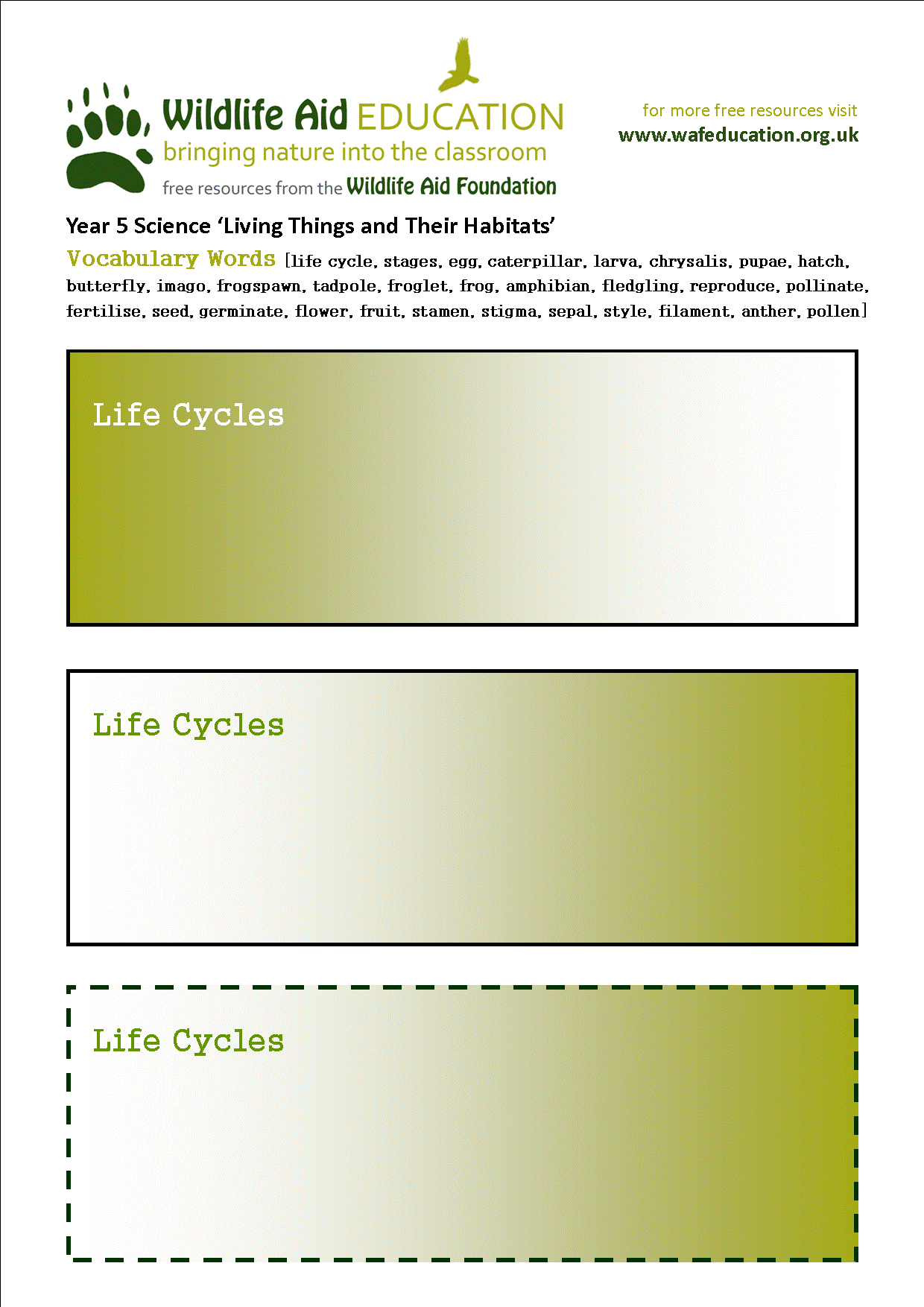




sound on/off
welcome to our website of completely free natural world resources for teachers, schools, parents and children
Learning Objectives
By the end of this lesson pupils should:
-
Have developed their understanding of food chains from Year 2
-
Understand that an animal's characteristics can be related to its place in the food chain
Resources
-
Vocabulary cards
-
Videoscribe: 'predators and prey'
-
Picture sheet of jaws and teeth
-
Powerpoint: 'mammal teeth and jaws'
-
Descriptions of digestive habits and named animals
Vocabulary
food chain, producer, consumer, predator, prey, jaw, mandible
Starter activity
1. Class Activity: Recap simple food chains from Year 2.
Main activities
1. Teaching Point/Discussion:
Introduce the concept of 'producers' and 'consumers' in a food chain. e.g. grass - sheep - wolf / lettuce - rabbit -fox.
Can the children think of others?
2. Class Activity:
Watch Videoscribe 'predators and prey'.
3. Group activity:
Look at picture sheet of jaws and teeth from different mammals. From the evidence can the children deduce where they might be in the food chain.
4. Class Discussion:
Share processes and conclusions from the above and discuss.
5. Class Activity:
Watch Powerpoint: 'mammal teeth and jaws'.
6. Teaching Point:
Introduce the concept that different types of food take different lengths of time to break down (relate to children's experience of e.g. salad versus a roast dinner).
7. Group Activity:
Match the descriptions of various digestive habits with the named animals.
8. Class Activity:
Children devise possible food chains including:
a. human
b. rabbit
c. lion
and in each case suggest one physical adaptation which fits them to their place in the food chain.
Plenary activity
Q: 'What happens to a food chain if the food at the bottom of the chain becomes scarce?'
Assessment
......................
Downloadable lesson plan and resources
Year 4 - 'Animals Including Humans'
Lesson 4 'Food Chains' Full lesson plan (downloadable lesson plan and resources at foot of page)


vocabulary cards for unit
click image to download




